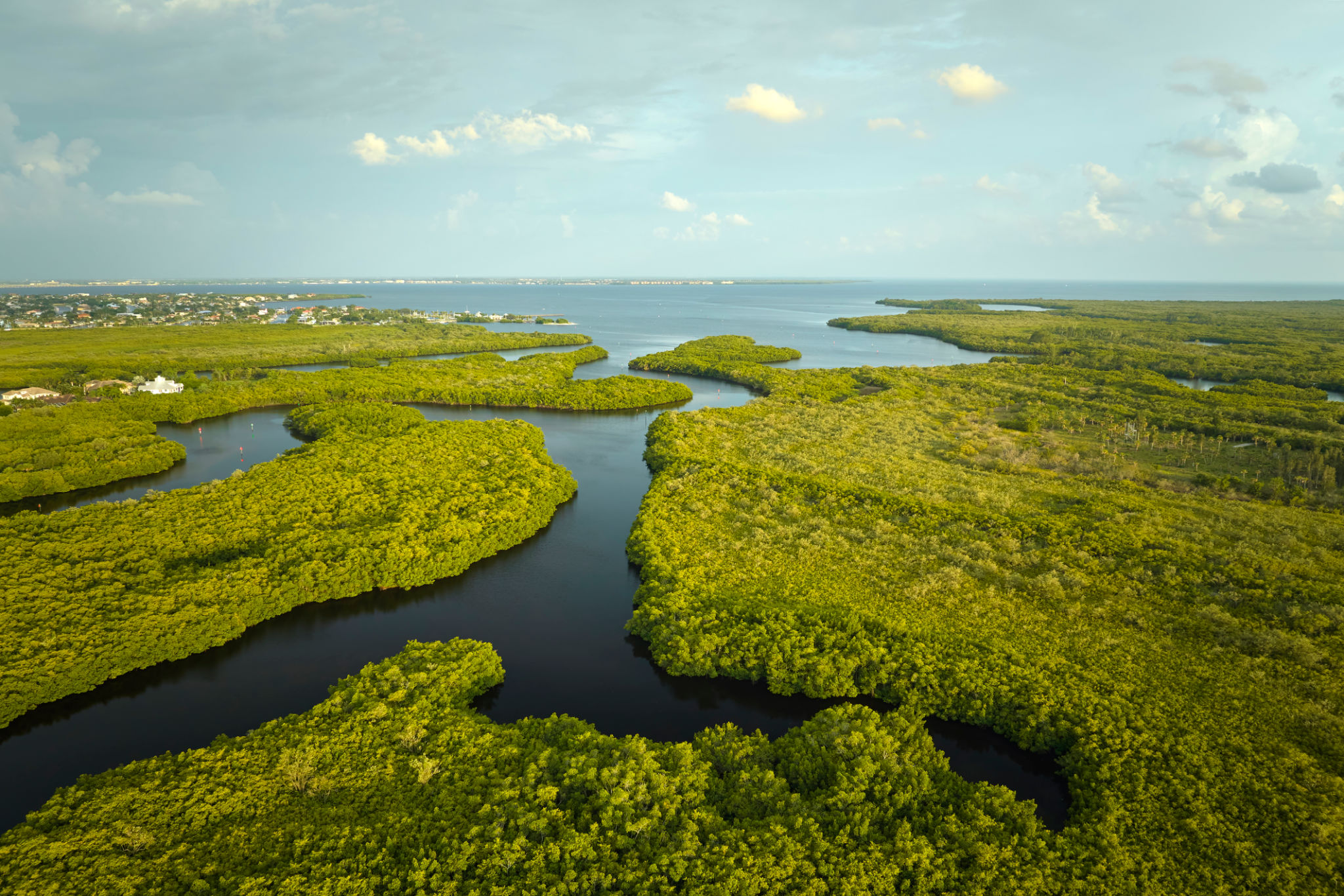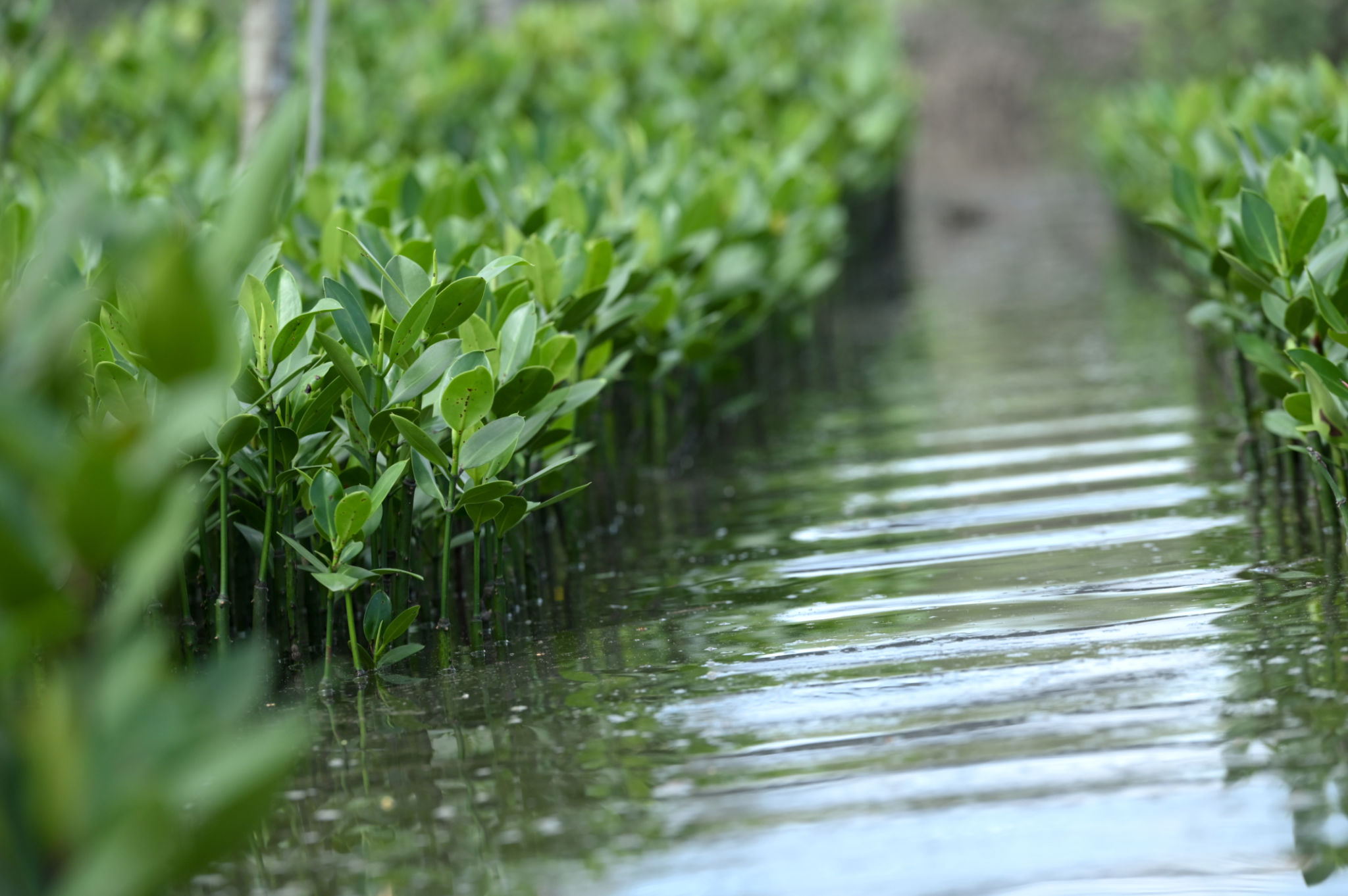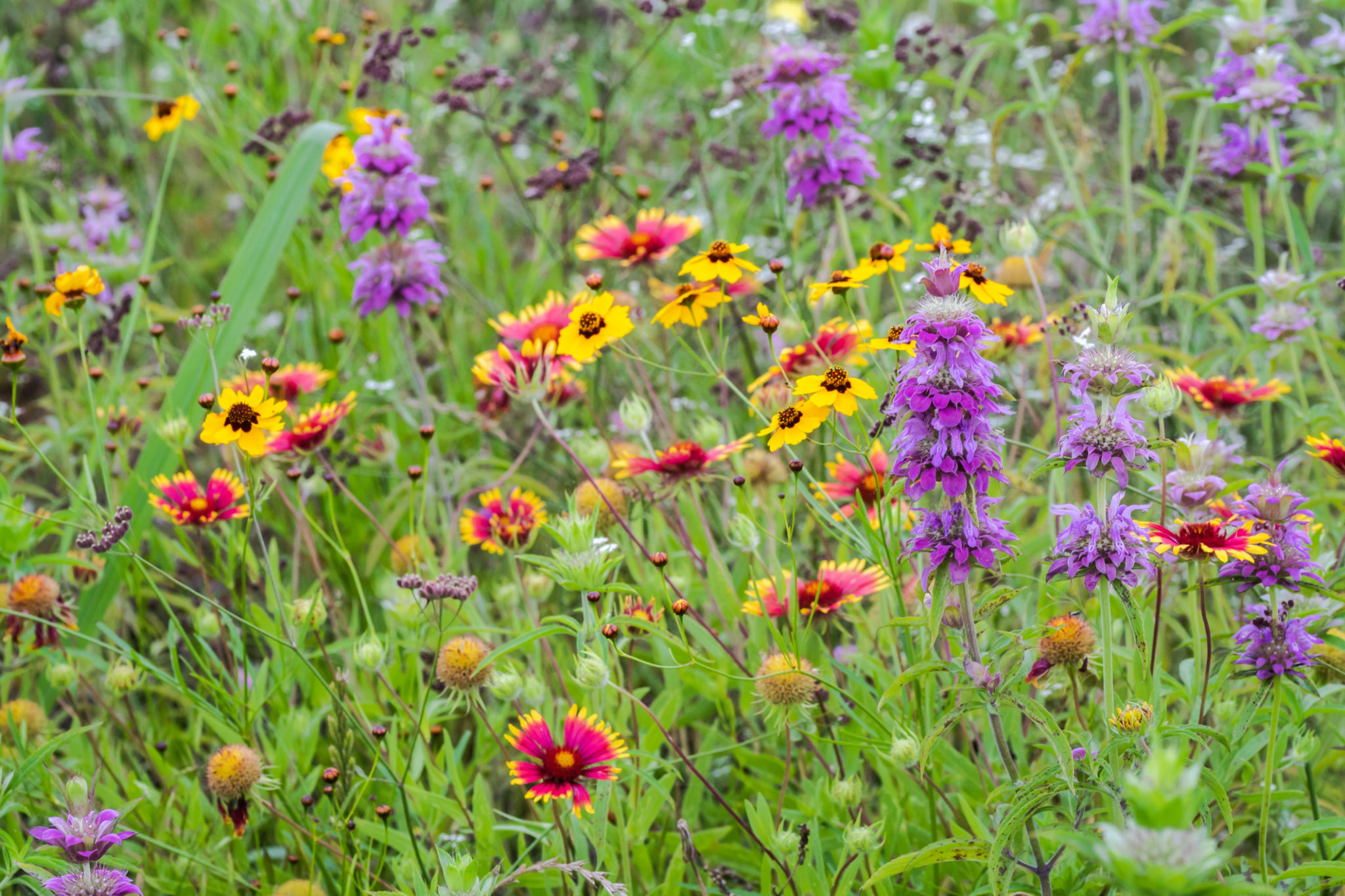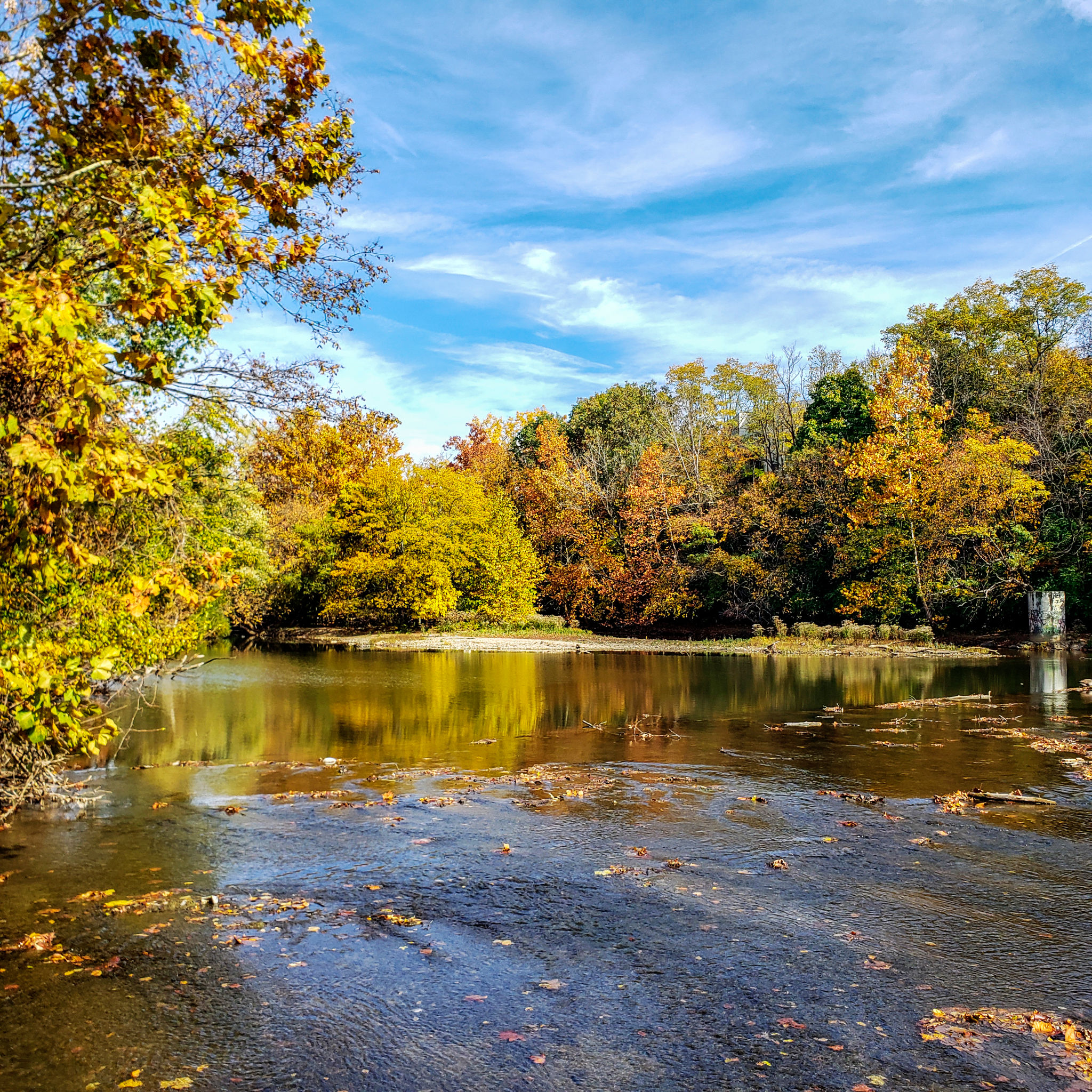Seasonal Tips for Conducting Wetland Restoration Projects in Florida
Understanding Florida's Wetland Ecosystems
Florida's wetlands are unique ecosystems that support a diverse range of wildlife and plant species. These areas are crucial for maintaining biodiversity, regulating water flow, and filtering pollutants. To ensure the success of wetland restoration projects, it's essential to understand the specific characteristics and needs of these environments. Restoration efforts must be carefully planned and timed to align with the natural cycles of the wetlands.

The Importance of Timing in Wetland Restoration
The timing of restoration activities plays a significant role in their success. In Florida, seasonal changes affect water levels, plant growth, and wildlife behavior. Conducting restoration projects in the wrong season can lead to poor outcomes and increased costs. It's vital to consider factors such as rainfall patterns, temperature fluctuations, and natural events like hurricanes when planning your project timeline.
Optimal Seasons for Planting
Planting is a critical component of wetland restoration. The best time to plant native vegetation in Florida's wetlands is typically during the late fall or early winter. During this period, temperatures are mild, and the risk of frost is low, allowing plants to establish roots before the hotter, dryer months. Additionally, this timing coincides with the region's dry season, making it easier to manage water levels and ensure successful plant growth.

Managing Water Levels Effectively
Water management is a crucial aspect of wetland restoration projects. In Florida, water levels fluctuate significantly throughout the year due to seasonal rainfall and evaporation rates. To maximize restoration success, it's essential to monitor and manage water levels closely. Installing water control structures such as weirs or culverts can help regulate water flow and maintain optimal conditions for vegetation and wildlife.
Utilizing Native Species
Using native plant species is a fundamental principle in wetland restoration. Native plants are better adapted to local conditions and provide essential habitat for wildlife. When selecting plant species for your project, consider their growth habits, tolerance to water fluctuations, and ability to support local fauna. Engaging with local botanists or ecological experts can provide valuable insights into the best species for your specific site.

Engaging Community and Stakeholders
Community involvement is vital for the long-term success of wetland restoration projects. Engaging local stakeholders, including residents, environmental groups, and governmental agencies, can foster support and collaboration. Hosting informational sessions, volunteer planting days, and educational workshops can increase awareness and encourage community participation in preserving these vital ecosystems.
Monitoring and Maintenance
Once restoration efforts are underway, ongoing monitoring and maintenance are crucial to ensure lasting results. Regularly assess plant health, water quality, and wildlife activity to identify any issues early on. Developing a maintenance plan that includes periodic inspections and adaptive management strategies can help sustain the restored wetland’s health over time.

Adapting to Climate Change
Climate change poses significant challenges to wetland restoration projects in Florida. Rising temperatures, changing precipitation patterns, and sea-level rise can impact wetland health and function. Incorporating climate resilience into your restoration plans is essential. This might involve selecting more drought-tolerant plant species or designing water management systems that can accommodate increased variability in rainfall.
By understanding the unique characteristics of Florida's wetlands and employing strategic planning, you can conduct successful restoration projects that support both ecological health and community well-being. These efforts help ensure that these vital ecosystems continue to thrive in the face of environmental changes.